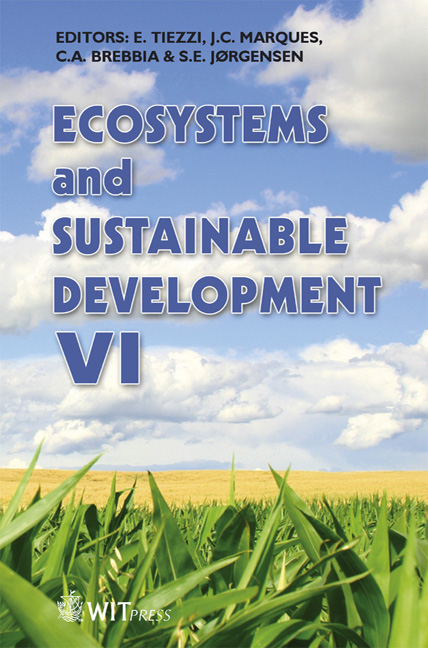Protecting Open Space At Multiple Scales Along Utah’s Wasatch Front
Price
Free (open access)
Transaction
Volume
106
Pages
10
Published
2007
Size
3,379 kb
Paper DOI
10.2495/ECO070191
Copyright
WIT Press
Author(s)
E. R. Buteau, R. J. Lilieholm & R. E. Toth
Abstract
Utah ranks among the nation’s fastest growing states, fueled by high rates of natural population increase and in-migration. During the 1990s, as the loss of open space accelerated, communities enacted policies to control growth and protect open space. In Davis County, a Shorelands Plan was adopted in 2001 to protect important wetlands along the Great Salt Lake (GSL). A year later, a 5-county Wasatch Open Space Plan was developed covering 2.7 million hectares (6.7 million acres). This later Plan identified regionally-significant open space, as well as areas important for the protection of public health, safety, and welfare. Although the Shorelands Plan provided specific land use recommendations and implementation strategies, its limited geographic scope lacked the larger contextual perspective embodied in the Wasatch Plan. Conversely, the spatial detail of the Shorelands Plan provided levels of resolution not possible in the 5-county Wasatch Plan. This paper demonstrates how the specific land use designations of the Shorelands Plan (1:24,000 scale) can be integrated within the larger scale regional connectivity of the Wasatch Plan (1:100,000 scale) in order to arrive at a spatially explicit, county-wide model for open space protection. Keywords: ecosystem services, environmental planning, development, sprawl, urbanization, wetlands protection. 1 Introduction Mormon settlers entered Utah’s Great Salt Lake (GSL) Valley in 1846 and quickly began transforming the arid, high-desert basin into an ordered agrarian landscape. An elaborate system of reservoirs and irrigation canals fed by
Keywords
ecosystem services, environmental planning, development, sprawl, urbanization, wetlands protection.





